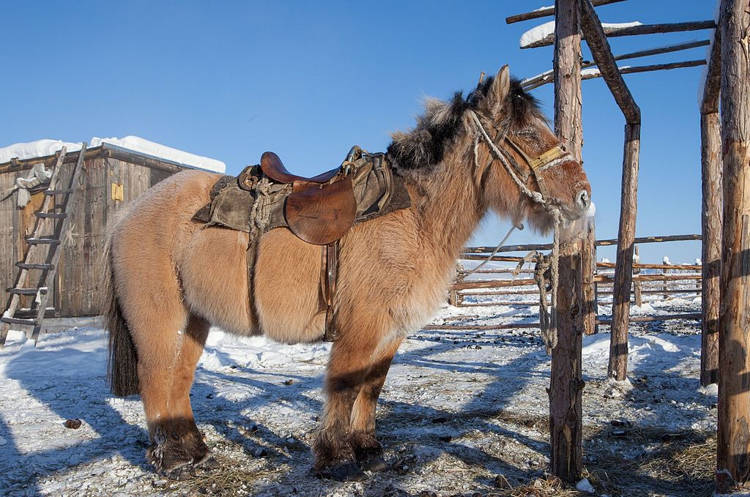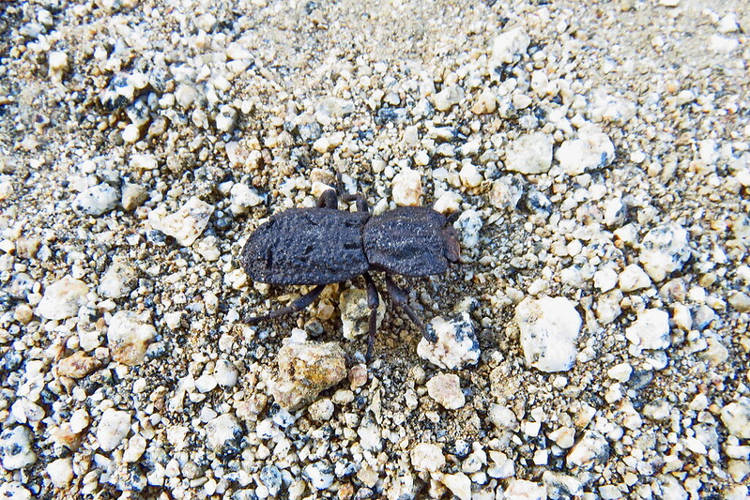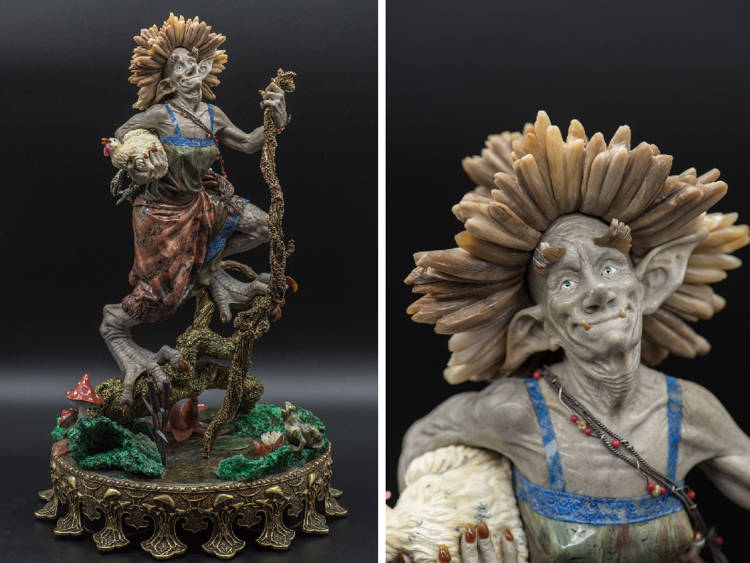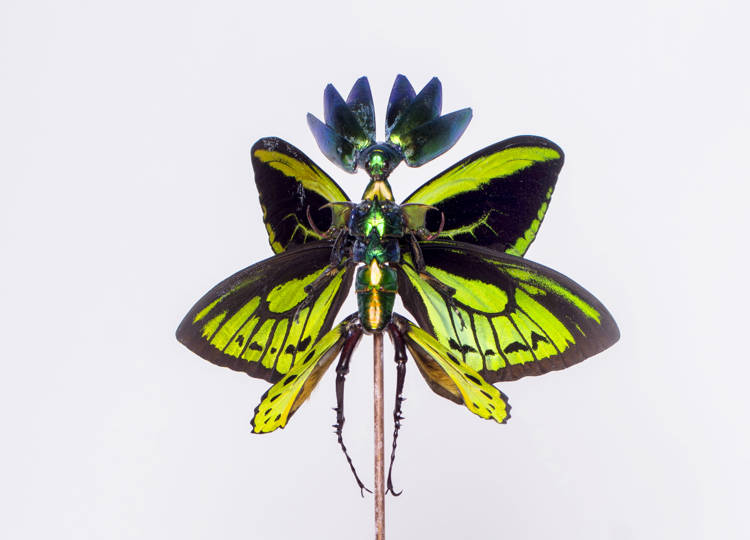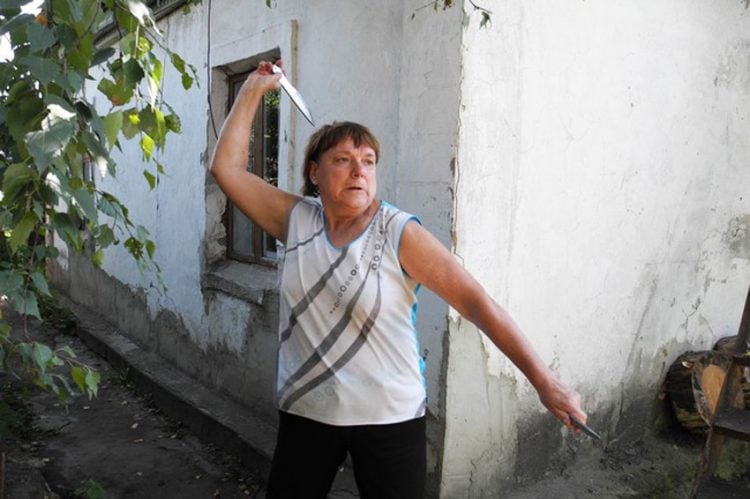Winter temperatures in Russia’s northern region of Yakutia can drop under a staggering -70 degrees Celsius, making it impossible for humans to stay outside for long periods of time. But for the indigenous horses of this region, such extreme temperatures are comfortable enough to spend days and nights in the open.
Yakutian horses are only 140-145 centimeters tall, but can weigh up to half a tonne, because of a thick layer of fat and heavy, thick mane that can reach up to 10 centimeters long. Because of their stocky physique and long mane, some have referred to them as the equestrian version of wooly mammoths. There’s more to that comparison than looks, though, as these horses can withstand far lower temperatures than any other horse breeds anywhere in the world.

